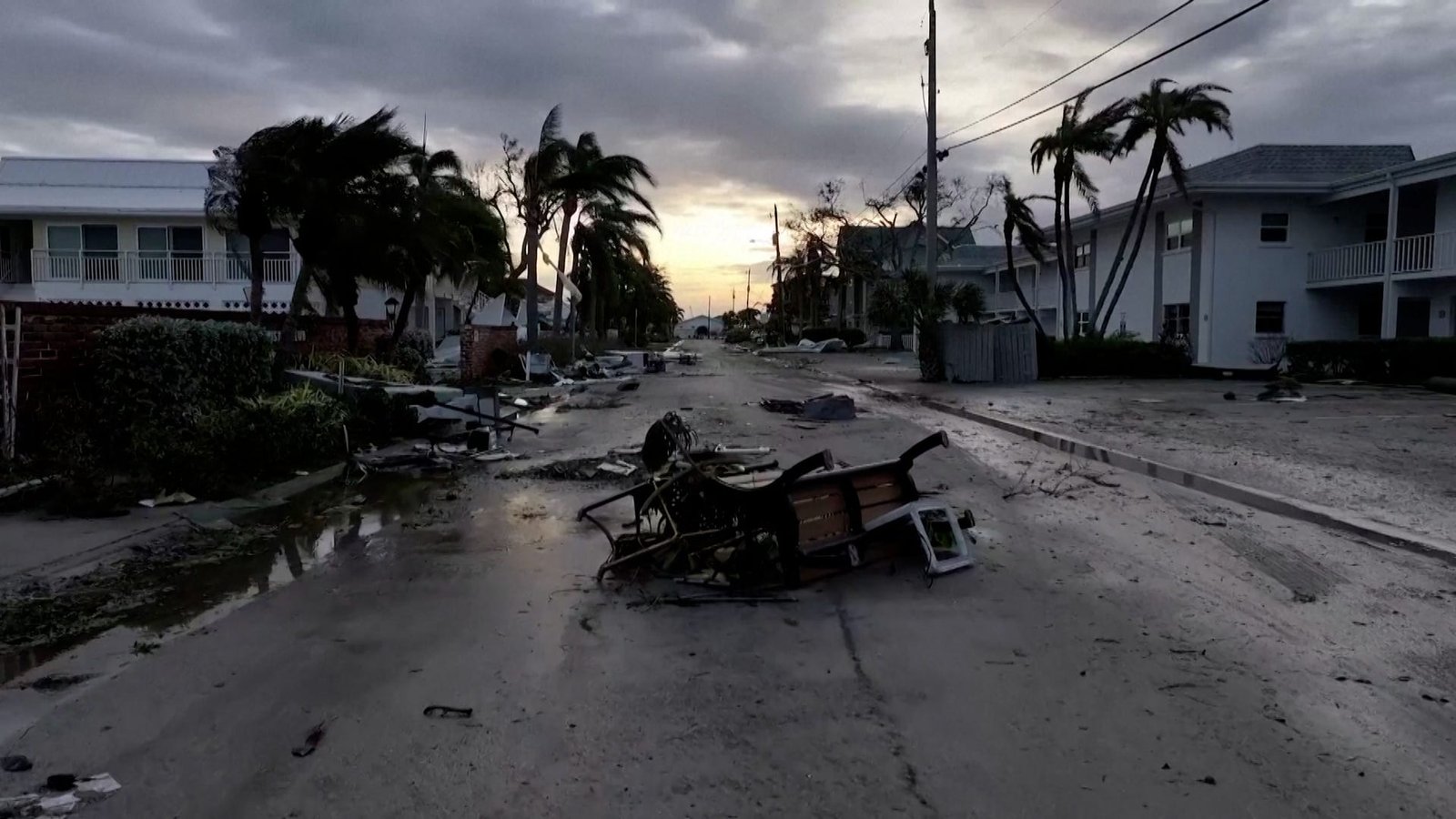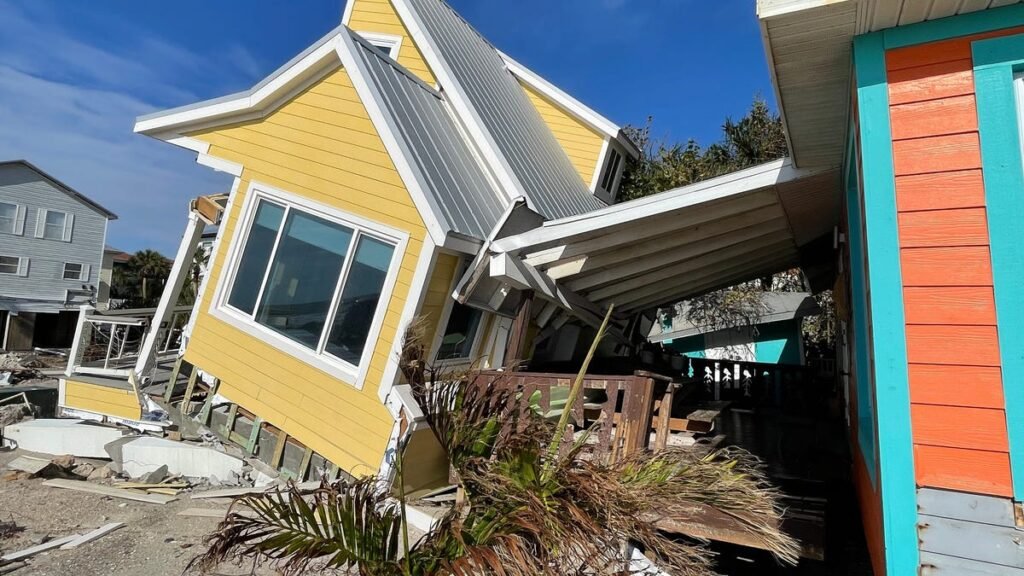
Climate change is now impacting where Americans choose to live
Many U.S. locales have reached a climate change “tipping point.” Populations are declining as flooding becomes unbearable.
Images from Florida, battered by two once-in-a-generation storms in a matter of weeks, are prompting a reckoning by Americans across the country.
“Will Florida be completely unlivable/destroyed in the next few years?” one Reddit user wondered. And on Oct. 7, the science writer Dave Levitan published an essay titled “At Some Point You Don’t Go Back.”
But for anyone wondering “why do they still live there?” a report from data analytics provider First Street offers some answers. Americans are perhaps more aware of the risks of a volatile climate than it might seem and have been migrating in response to its effects for many years. The catch: the vast majority of those moves have been local, to higher ground across town, say, or to the city next door, where better infrastructure may mean it doesn’t flood as often.
As the threat has multiplied, however, the report’s authors say it’s now safe to assume that many parts of Florida have reached a “tipping point.” That’s the point at which moving a few blocks uphill isn’t enough, and so many residents are leaving the area permanently, the population could decline.
“I do think there are places where we are approaching tipping points, and we will begin to see larger migration movements,” said Jeremy Porter, head of climate implications research at First Street, which released the report last winter.
“In Florida, the fact that homes are seeing longer ‘time on the market’ and lower ‘sale to list prices’ is indicative of declining demand and population outmigration,” Porter said in a recent email exchange with USA TODAY.
Florida’s real estate woes are well documented. “Of the dozen markets where prices have fallen over the past 12 months, seven are in Florida,” noted ICE, a real estate data company, in its October Mortgage Monitor. Challenging market conditions throughout the state may be in large part due to the difficulty in obtaining affordable property insurance: in some areas like Jacksonville and Cape Coral, premiums are up nearly 80% since 2019.
Contract signings are also down in Florida, recent Redfin data showed. While Hurricane Helene probably accounted for some of the decline in recent weeks, sales activity also plunged 13% compared to a year ago in Fort Lauderdale and 15% in Miami, both of which are located on the eastern coast and are so far unaffected by storms.
But as First Street data show, Florida isn’t the only place climate migrants are fleeing. At the micro level, more than 800,000 census blocks in the U.S. – or 7.4% of all blocks – have already passed local “tipping points” and are seeing outright population declines. These “Climate Abandonment Areas” have had a net loss of over 3.2 million people between 2000 and 2020 which can be directly attributed to flooding, the research shows.
Many of these areas are familiar to locals: parts of Staten Island, New York, that see constant “sunny day flooding,” for example, or Bexar County, Texas, home to San Antonio – and an area not typically known for being waterlogged, Porter says.
“In Bexar County, TX, 17.1% of all blocks are declining in population and have high flood risk above the ‘tipping point,’ making them Climate Abandonment Areas even though the county as a whole has grown significantly between 2000 – 2020,” First Street’s report notes.
More: Homeownership used to mean stable housing costs. That’s a thing of the past.
First Street’s data suggests that climate risk is already having a significant impact on local economies even if people aren’t fleeing in droves. Its model shows that many parts of the country that have seen the most growth despite being most exposed to extreme climate – the Houston metro, for example – would have attracted even more people if not for the known risks.
The “thousand-year storms” that get so much attention may not be as perilous as consistent, low-level flooding, Porter said. “Say you’re stuck in your house, you know, twice a month every month out of the year. That slowly erodes the infrastructure in the area, and people start to avoid the area because it gets reputationally branded as an area that floods.”
The 3.2 million Americans who have already left home because of climate concerns are just the beginning, First Street believes. Millions more are likely to leave in the coming decades.
Porter said he thinks Americans will soon start to take climate risk into account when house hunting just like they do school quality and walkability. “What we’re going to see in the form of climate response is smarter ways of thinking about information like climate risk within cities,” he said

